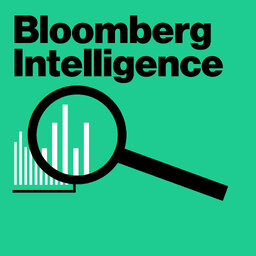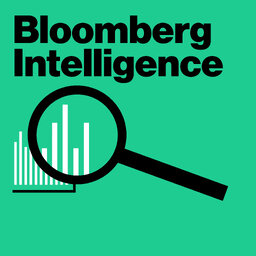Apple Revamps iPads, Disney Earnings, Tesla Probe
Watch Alix and Paul LIVE every day on YouTube: http://bit.ly/3vTiACF.
Mandeep Singh, Bloomberg Intelligence Senior Tech Industry Analyst, discusses Apple’s iPad launch. Geetha Ranganathan, Bloomberg Intelligence Analyst on US Media, joins to talk about Walt Disney earnings. Sandi Bragar, Chief Client Officer at Aspiriant, discusses her outlook for the markets. John Mandyck, CEO of Urban Green Council, talks about pressures to phase out natural gas. Craig Trudell, Bloomberg Global Autos Editor, discusses Tesla facing a July 1st deadline to provide US regulators with information about its biggest-ever recall.
Hosts: Paul Sweeney and Tim Stenovec
 Bloomberg Intelligence
Bloomberg Intelligence


